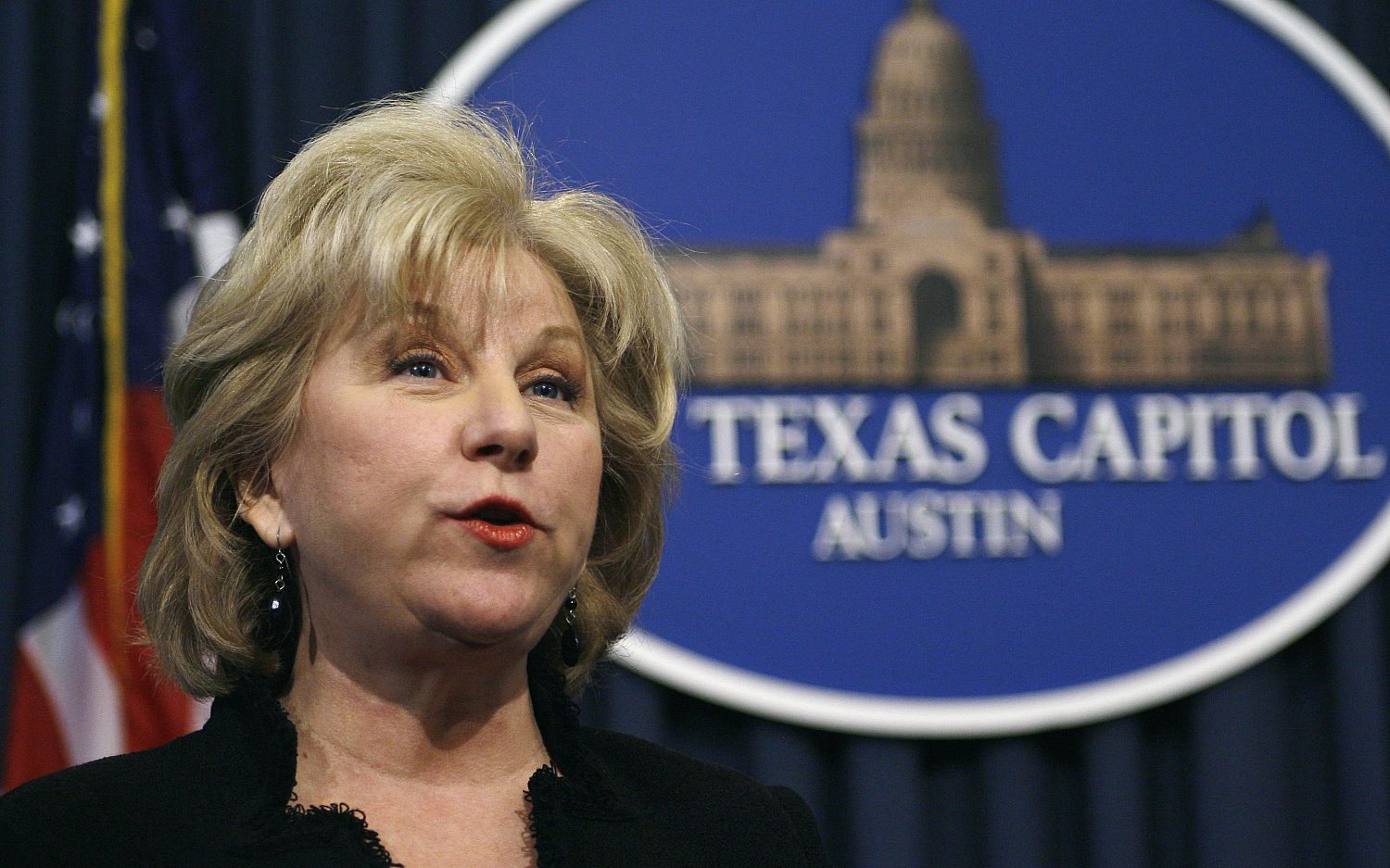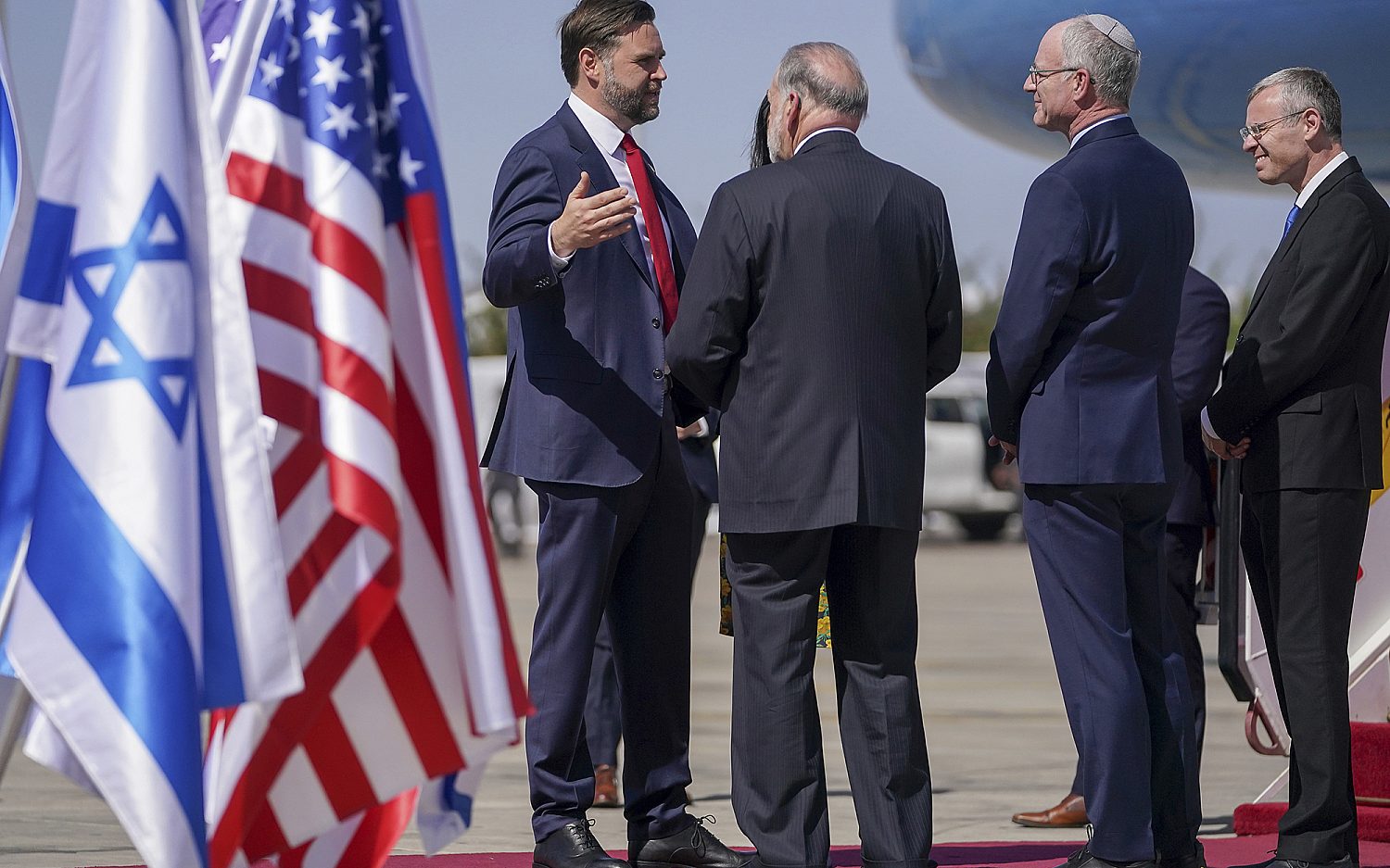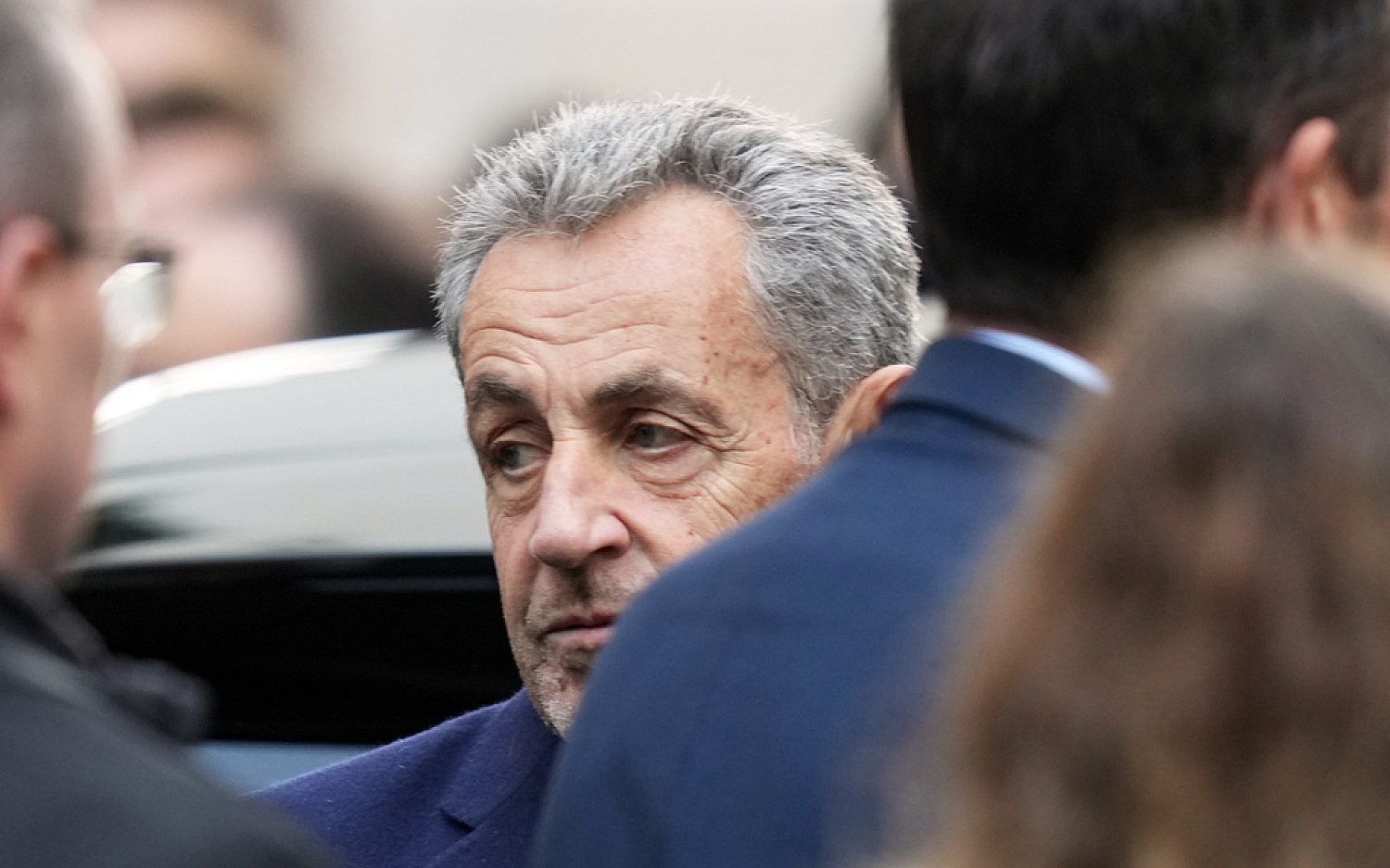A life full of firsts
100-year-old Susan Ahn Cuddy was a pioneer for women and Korean-Americans
This year, Jan. 20 and Feb. 17 commemorated two great historical figures in America: Martin Luther King Jr. and George Washington, respectively. Unknown to most Americans is Korean patriot and spiritual leader Dosan Ahn Chang Ho, who Koreans compare to King, Washington, and Mahatma Gandhi. The current issue of WORLD magazine features a profile of Dosan and his daughter Susan Ahn Cuddy. The following article offers additional information on Susan that we didn’t have space for in the print edition. —The Editors
Susan Ahn Cuddy, who recently celebrated her 100th birthday, still remembers her father Dosan Ahn Chang Ho’s parting instructions to his family before he boarded the boat to Korea: “Be good Americans. And never forget your heritage.”
Perhaps that’s why she talks about her accomplishments as if they’re no big deal; she had simply obeyed her father, and she’d rather talk about him, which drives her son Philip (“Flip”) crazy. “She never talks about herself,” he complained. “We have arguments … uh, discussions on how she needs to promote herself more. She was a pioneer not just for Koreans, but for women as well.”
Susan once told her biographer, “I don’t know why you’re writing a book about me. All I did was join the Navy!” Never mind that she was the first female and Asian-American gunnery officer in the history of U.S. Navy—and the Korean-American community still recognizes her as “Dosan’s daughter.”
Even as a girl, Susan was a thick-skinned, stubborn-nosed go-getter. A 1933 high school graduation photo of a field hockey team flashes rows of Caucasian faces and one grinning Asian face. She was class president and an athlete, tussling among bigger girls in field hockey, baseball, basketball, and volleyball. At a time when many colleges did not accept Korean women, she graduated from San Diego State University in 1940 and then accepted a National Security Agency (NSA) fellowship at the University of Southern California in 1956.
The U.S. Navy rejected Susan when she first applied. She found out later that it was because of her race, though the Navy wouldn’t admit it publicly. A month later, after someone spoke up for her, she received an acceptance letter. Susan rose to lieutenant, but sometimes the stripes on her shoulders mattered little as eyes focused on her distinctly Korean face.
She recalled entering a local diner in Atlanta one night in her uniform. A man spooning food into his mouth was visibly startled and almost dropped his dinner. Instead of being offended, Susan was amused. She was used to such responses, and even enjoyed being the “first” Korean face for many. She saw it as a “great opportunity … to put Korea on the map, too.”
A trail of photographers and reporters followed her at all times, fascinated by this tiny Korean woman looking sharp in gleaming buttons. She filled their notebooks talking about her father and her country.
It wasn’t easy being stuck for hours in the claustrophobic cockpit, training baby-faced pilots and slapping away their wandering hands. But once the pilots saw Susan on the baseball field—flying around the bases, tackling grounders, nabbing line drives—she quickly won their respect. She was an ace on the shooting range, too, scoring the highest mark in her division. “Somehow I passed,” Susan blithely said of a test to charge a .50-caliber Browning machine gun—a feat considered most difficult in gunnery school, let alone a 5-foot-2-inch, barely 100-pound woman.
Susan remembers her first day reporting to duty at a Naval Intelligence office in Washington, D.C. When her commanding officer spotted her in the hallways, his eyes boggled in alarm and disbelief to see this tiny lady in a U.S. Navy uniform. “He was so frightened,” Susan recalled, that he distributed a memo among supervisors, telling everyone to be careful of “the Oriental woman.”
For months, her co-workers slid swift hands over sensitive files and memos whenever she passed their desks. Six months later, that same commanding officer trusted Susan enough to send her to the Library of Congress as a liaison officer. She soon gained a reputation for her uncanny ability to break codes, even those in Russian—a language she never learned. The NSA put her in charge of a team of about 300 mainly Caucasian, mainly male NSA agents during the Cold War.
Susan defied convention in other ways. While serving as an ensign, Susan met her future husband, Francis. X. Cuddy, an Irish-American chief petty officer who worked as a code breaker for Naval Intelligence and the NSA. They met at a mutual friend’s party, flirted, and parted ways at the bus station. Francis promised, “I’ll call you.” He called six months later. “He ignored me!” Susan exclaimed. “That’s because women were easy for him. He didn’t have to work for it.” She was miffed, but he still charmed his way to earn her affections. Plus, he was tall. Susan always liked tall men. That was the one thing she remembered about her father: “He was so tall.”
When Helen Lee Ahn, Susan’s mother, first heard about them dating, she jumped on a train and dashed cross-country from California to Virginia to stop the romance. It was too late; Susan had already married Francis. They wedded quietly at the Navy Building in Washington, D.C., because Virginia, their state-of-residence, banned interracial marriages.
For five years, Helen refused to speak to Susan. It was Susan’s sweet-mannered daughter Christine who melted the mother-and-daughter chill. Her first words to Helen, “Hello, halmoni!”—Korean for “grandmother”— broke down any barrier Helen had about having a half-white grandchild. Susan’s son Flip was Grandma’s favorite. When his uncles chased after him for his latest mischief, his halmoni shielded him behind her skirt. No one dared discipline him when halmoni was around.
Today, Flip takes care of his 100-year-old mother. A former professional surfer over 6 feet tall with mixed-Irish looks, Flip is often mistaken as Susan’s bodyguard. And in a way, he is the Ahn legacy bulldog—guarding the family’s historical accuracy with 30 years of research, and sniffing out “crooked” individuals trying to “use the Dosan name to gain fame and money.”
An actual newsletter worth subscribing to instead of just a collection of links. —Adam
Sign up to receive The Sift email newsletter each weekday morning for the latest headlines from WORLD’s breaking news team.





Please wait while we load the latest comments...
Comments
Please register, subscribe, or log in to comment on this article.